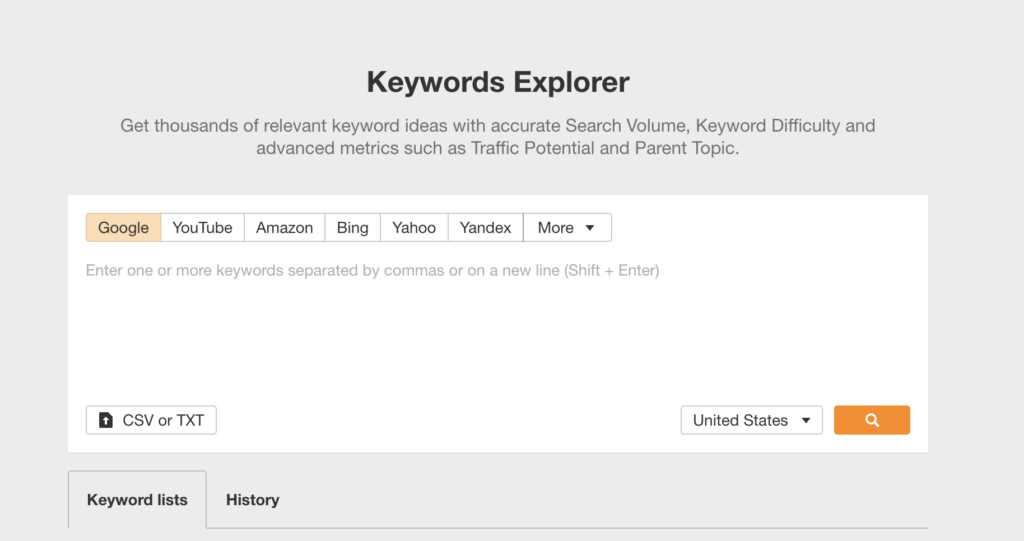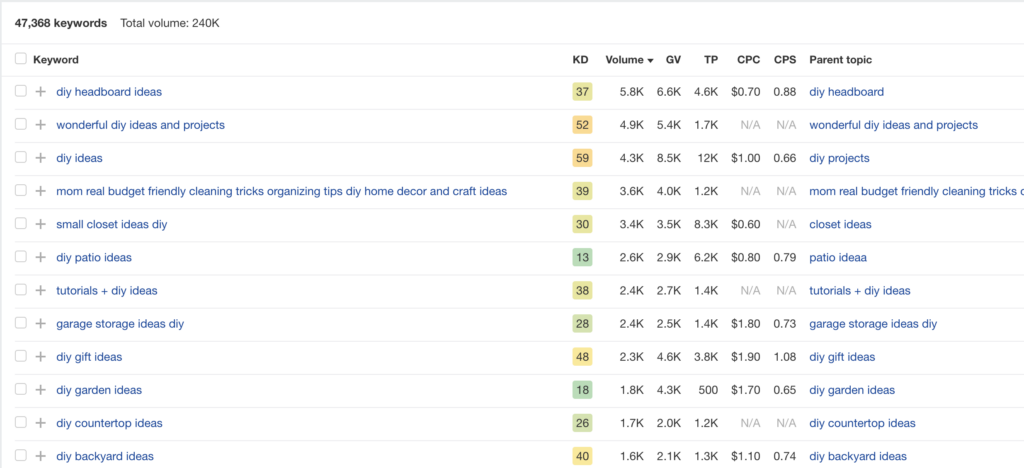It’s time to revamp your website and optimize content for SEO. Where do you start? The goal is to get your website to rank well with Google and bring organic visitors to your site. Once people click on your site, you want them to stay around and explore. So first, take a good look at your existing content.
Is your content easy to read with headings and short paragraphs? Is the content professional and free of spelling and grammar mistakes? Leave a good first impression when you learn how to optimize content for SEO.
When you implement a content optimization strategy, you will climb Google rankings until you find your company on the first page of search results. We want to help you get there with our content optimization tips.
Understanding Content Optimization: What It Is and Why It Matters
What is content optimization?
The words on your website are not just there to fill in the spaces. They have a purpose. Optimize your content for SEO by adding relevant keywords, cleaning up the page for readability, and eliminating any fluff.
When a potential customer searches Google, your website is more likely to come up in the search results when it includes words and phrases from the person’s question.
Create a content marketing plan that includes optimizing your content for SEO. Here are some benefits:
• Increased organic visits to the website
• Increased sales conversion rate
• Higher quality content for a better customer experience
• Widespread brand awareness
It’s necessary to optimize your content for SEO to increase traffic to your website. Consumers rarely get to page two or three in the search results. Use a solid SEO strategy to gain the trust of your target audience.
Once your page consistently shows up on the first page of Google, you will prove your credibility with potential customers. Therefore, your content optimization system is a critical component of a winning SEO strategy.
SEO Content Optimization: 8 Key Elements to Include
What are the keys to content optimization? Before you make a plan, do your industry research. What are other companies doing to increase traffic to their websites? How do they rank on Google search?
If your competitors are doing well, learn about what’s working for them and how to implement success for your company. Then, read more to learn about the vital components of a successful content optimization strategy.
1.Find Out Relevant Keywords with Traffic Potential

List the possible phrases someone would search to find your product or service. For example, if you own a sports medicine clinic, they may search “knee doctor near me.”
This broad keyword applies to your business, but pull up the keyword in Ahrefs to see if the keyword is too common and competitive to garner first-page results. Ahrefs can identify which keywords will apply to sports medicine without being overused by similar companies in your area.
Which keywords have high-traffic potential? Which keywords are not oversaturated? For the sports medicine example, you may narrow it down to “sharp pain in knee” or “can I still run with foot pain?” Look for the high traffic potential in related keywords and add those to your content optimization strategy.
2. Align with Search Intent
You may find a keyword with high-traffic potential, but what is the intent of the search? For example, if someone types “how to nurse an injury without visiting a doctor,” you may run the risk of targeting a customer that never intends to visit your clinic.

Other examples include users who search for DIY ideas. They are usually not looking to spend money on a service or product. Sometimes you can get the readers to your website by offering tips and inviting them to visit a trusted professional like yourself for the best results. If they are overwhelmed with the list of tips, they may follow the link in your CTA at the end of the article.
Pay attention to the tone, angle, and format of the keyword phrase. The best part of content optimization for SEO is that you can test keywords to see if they return better search results. If they do not, change your content strategy and move on to the next keywords.
3. Analyze the SERP and Cover Everything Your Audience Wants to Know
Study the search engine results page (SERP) to find out what is missing from the existing content. Can you fill in the details and information that consumers may be seeking?
Use Ahrefs and its Content Gap feature to enter your URL and see if there is a content gap. Then edit your article to include underused keywords and information to climb higher on the SERP.
SEOLyze is also a valuable tool that scans your article to ensure you cover all keywords with high traffic potential.
4. Offer Something New and Authentic
You can include new and unique information on your site by tapping into underused keywords.
What sets your business apart from others in the industry? Tell your story in a way that others can relate to. Get vulnerable. Bring something to the table that builds brand loyalty and engagement.
When you add authenticity to your content, you will build a community as you increase brand awareness. If someone lands on your website due to content optimization for SEO, invite the customer to stay awhile through top-quality content.
5. Make it Readable and Engaging
Most readers want to scan your article and find the solution to their problem. Write content with eye scanning in mind. Include short paragraphs, headings, infographics, and bullet points.
Lousy grammar will immediately give the wrong impression. In addition, flowery language and elite vocabulary will turn consumers away. Find the happy medium with an authentic voice.
Edit your content for a conversational and easy-going tone. Welcome readers in with your down-to-earth style.
6. Craft a Compelling Title and Description
A title should be short and to the point. Tell the reader what kind of article they should expect – a short blog, a listicle article, or a guide with a table of contents. Include the primary keyword phrase in the title, so the consumer knows they will find the answer to their query.
Meta descriptions should also be kept relatively short. For example, include the main keyword, company name, and call to action. Always make sure each meta description is unique.
7. Optimize for Schema Markup
Provide information on the page that will help Google recognize your industry. For example, a cooking blog may include lists at the bottom of each recipe that is structured data, like cook time, temperature, calories, and more.
Use Schema to see if your structured data is optimized. Adding structured data to your website will increase click-through rates (CTR) and result in more engaged consumers visiting your site.
8. Build Sufficient and High-quality Backlinks
Once the content is written, it’s time to apply high-quality backlinks. Even if you have internal links that lead the website visitor to other areas of your website, building backlinks is a vital next step that will ultimately prove your credibility with Google.
When other websites link to your site, you will be acknowledged as more trustworthy and reputable. High-quality backlinks direct to websites with tried-and-true facts. Include backlinks to universities, statistics, and government organizations to increase your SEO.
Backlinks help websites increase their SEO visibility, including an increase in CTR. Plan content optimization for SEO that includes reputable, non-competitor backlinks.
Maximize Your Results by Following These Tips
Now that you understand the importance of content optimization, you can create a content strategy for your website. SEO will benefit your business by bringing in organic visitors. You do not have to pay for someone to search on Google and click on your site.
Bring more traffic to your website with content optimization for SEO. The more visitors to your website, the more sales conversions.
Ready to optimize your content for maximum visibility and drive organic traffic to your website? Contact us today to create a tailored content strategy that boosts your SEO and engages your target audience effectively.

No Comments.